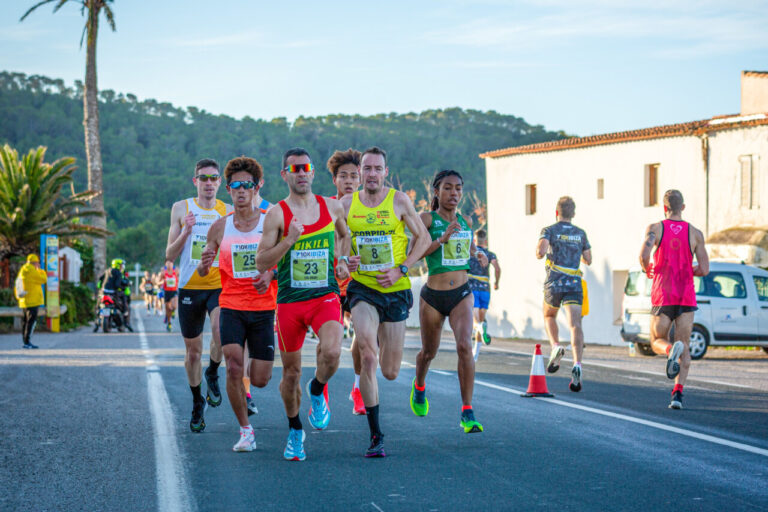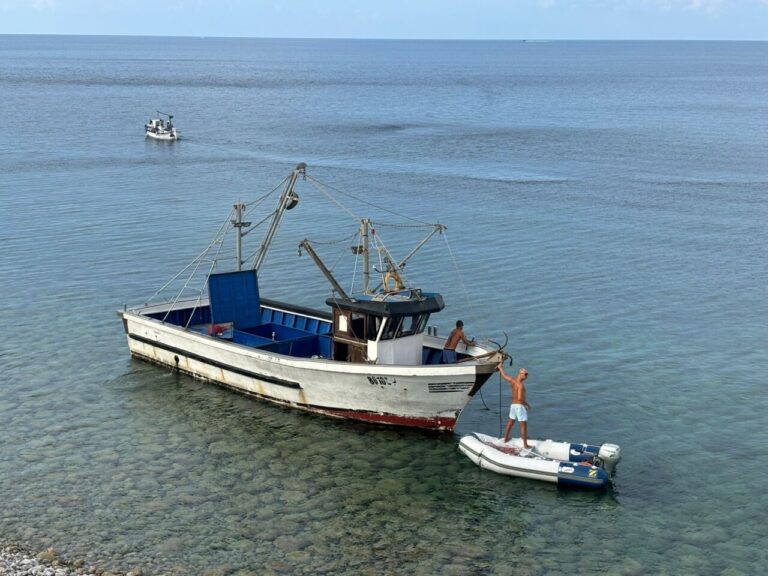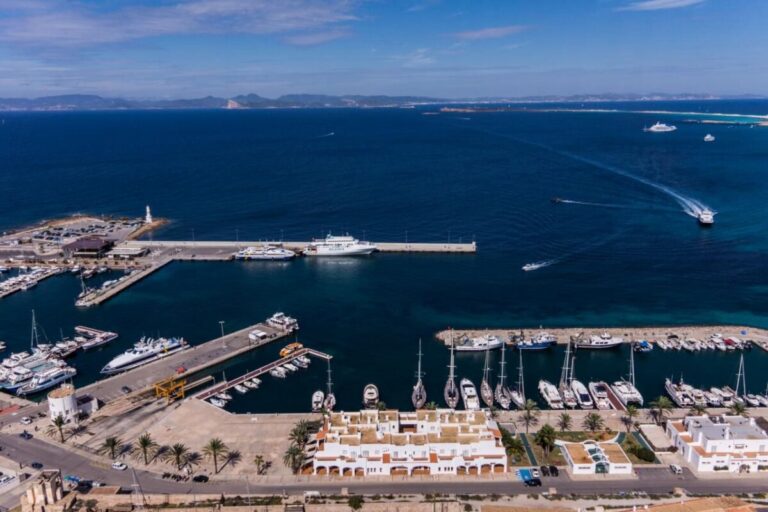The human pressure in the Balearic Islands fell this August for the first time since the pandemic and chained three consecutive months of declines, according to data from the Balearic Institute of Statistics (Ibestat). The maximum index of the month stood at 2,062,787 people -registered on August 6-, almost 13,500 less than on the same day last year. The Balearic Government and the island councils interpret this reduction as a sign of change towards a more balanced tourist model. And that has Ibiza as the main reference.
Ibiza, the island with the largest decrease
The Ibestat report places Ibiza as the island with the biggest drop: 4.6% less at its peak and 6.7% less at its daily minimum compared to 2024. In total, the island counted between 18,000 and 20,000 fewer people per day during August, a trend that the Consell Insular links directly to its policy of control of tourist intrusion.
Despite this decrease of people, the Hotel Federation of Ibiza and Formentera recorded a slight increase in hotel occupancy, which grew by about 1% over the previous year. “The figures confirm that the fight against intrusion is working,” said island president
The Consell assures that, thanks to inspections and the Ibiza Tourism Intelligence System (SITEibiza), more than 14,500 illegal accommodation places have been eliminated. In addition, the limitation of the number of rental vehicles -restricted to 16,000 units- has reduced daily circulation by about 12,000 cars, improving mobility and sustainability.
The Government celebrates a “change of trend”.
The Minister of Tourism, Culture and Sports, Jaume Bauzà, stressed that the decrease in the HPI is “the best indicator of the change of trend in saturation and overcrowding” and attributed it to the policies of sustainability, deseasonalization and the fight against illegal supply. “We are very satisfied with this data because it reaffirms the Government’s strategy: less human pressure on the territory in the summer months,” said Bauzà, who stressed the importance of maintaining prudence and continuing with tourist containment.
In the same vein, the president of the Govern, Marga Prohens, celebrated on the social network X that “Baleares reduces for the third consecutive month the index of human pressure”, interpreting the data as “a change in trend towards the welfare of residents and a better experience for visitors”.
International recognition in London
During the World Travel Market, Ibiza presented its results as an example of good practice in tourism sustainability. According to the Consell, British tour operators and media described the island’s strategy as “pioneering” and “a model to follow”. “The international recognition reinforces our commitment to a tourism model that prioritizes quality over quantity,” said Marí, who defended the coexistence between tourism and residents and a “more balanced” growth.
De-seasonalization and diversification
Ibiza also exhibited in London its program “Ibiza Family Moments”, which groups 43 establishments with more than 14,000 places oriented to family tourism. The airlines, meanwhile, have increased by 3% the supply of flights for November, which the Consell interprets as a sign that the tourist season is lengthening.
“We remain committed to tourism, but with clear limits. We want a sustainable and livable Ibiza all year round,” concluded Marí.
Continue reading:
-
Ibiza bets in London for an active tourism all year round and its candidacy as a ‘green city’.
-
Data for 2025 gives Ibiza hope for tourism beyond the summer season
-
Marga Prohens calls on British tourism to participate in its sustainable transformation
-
Formentera reinforces its commitment to the British market










